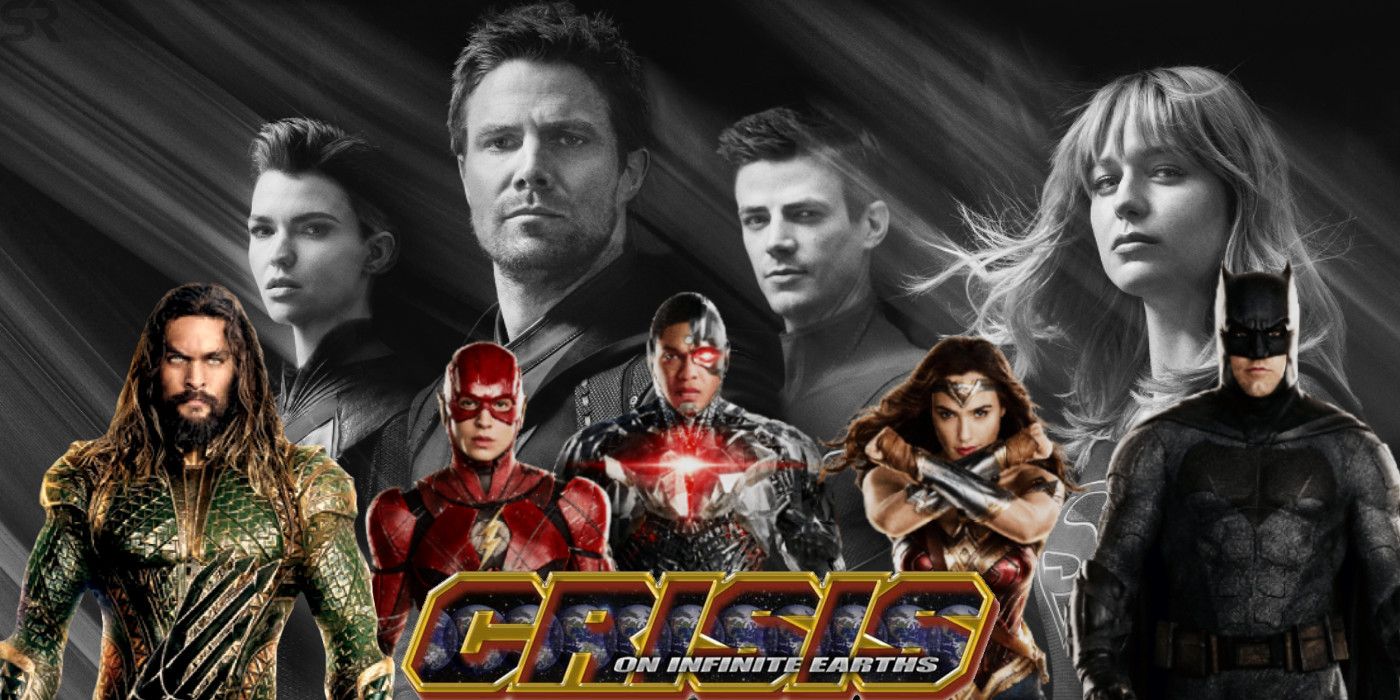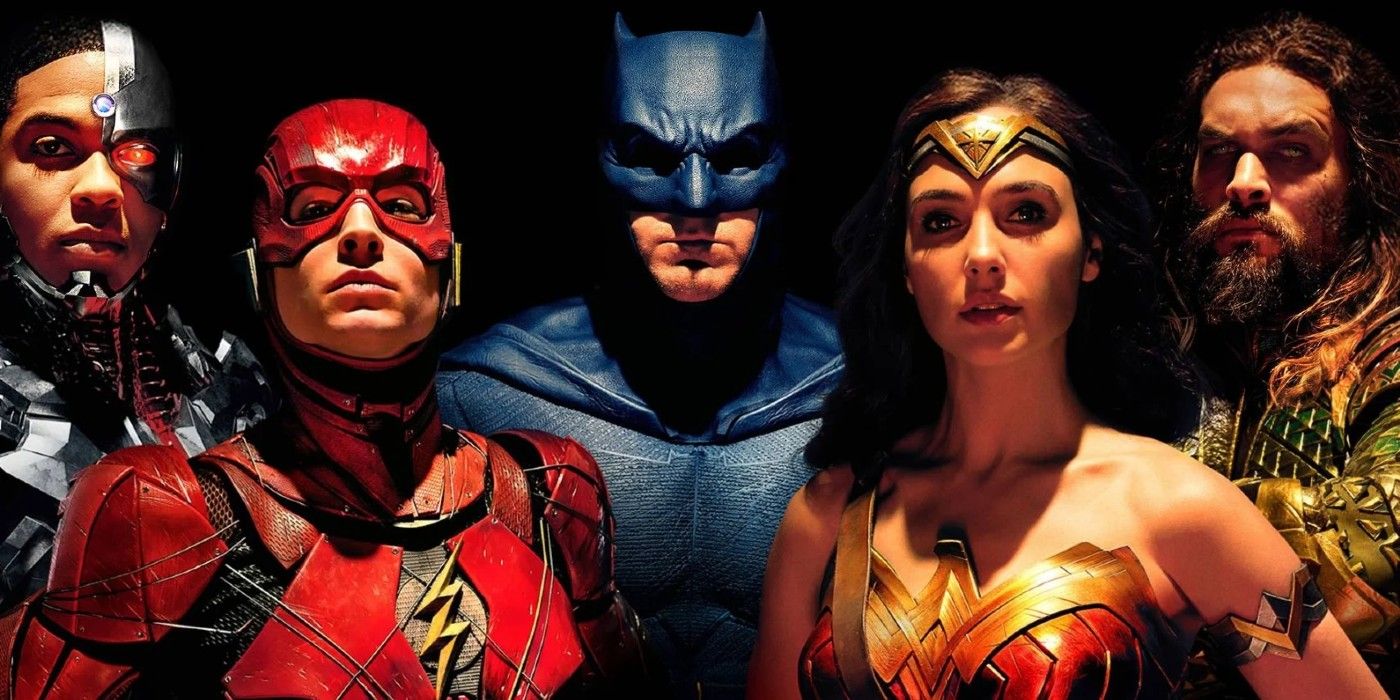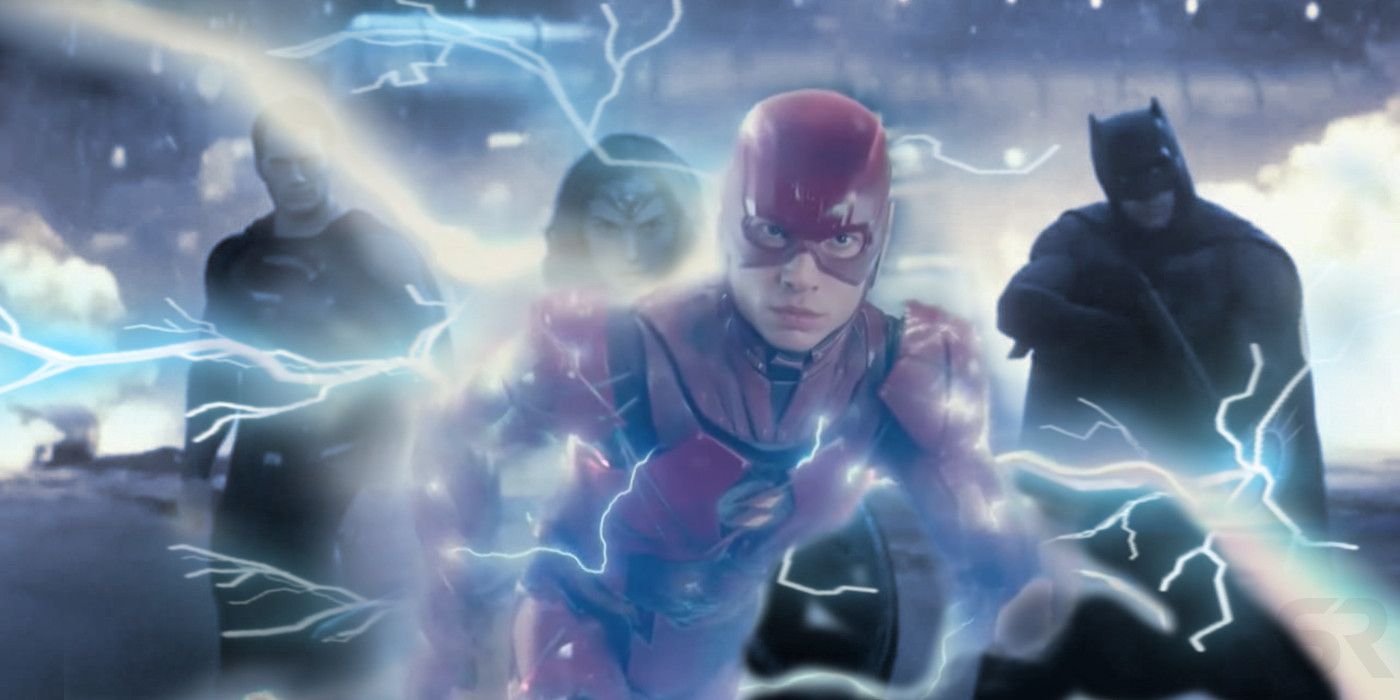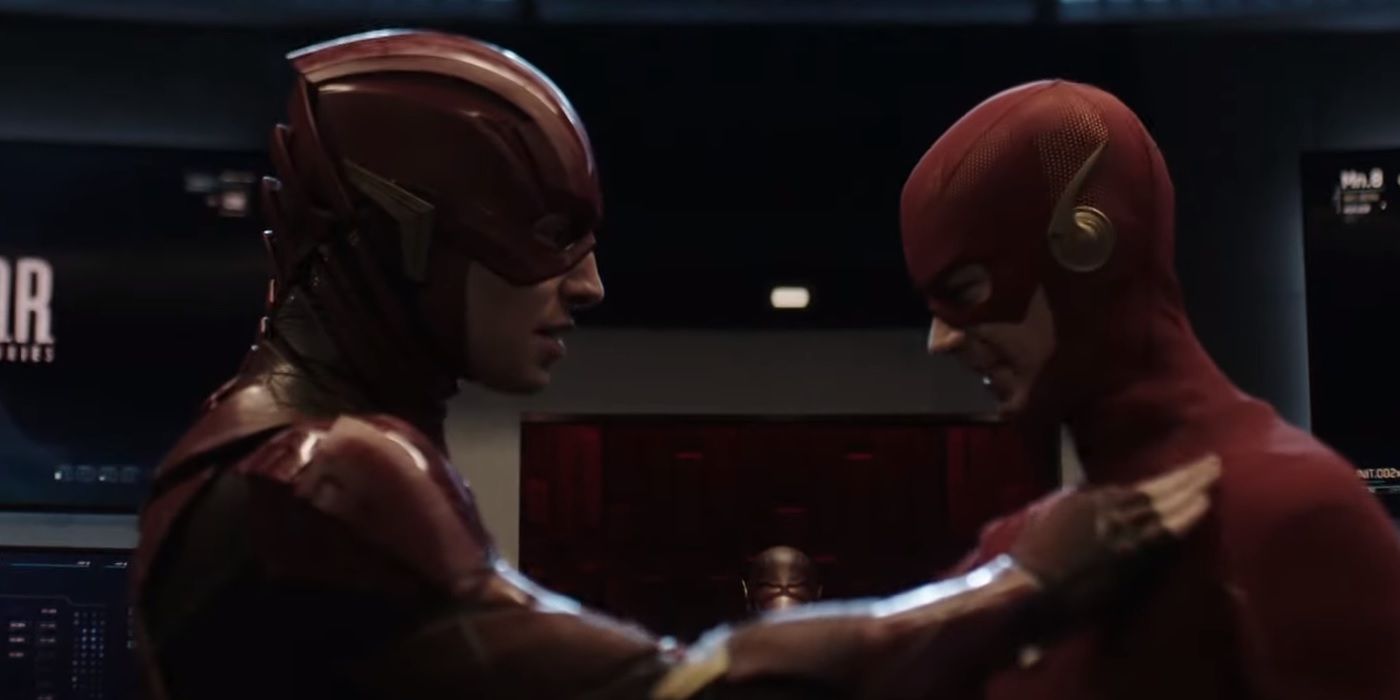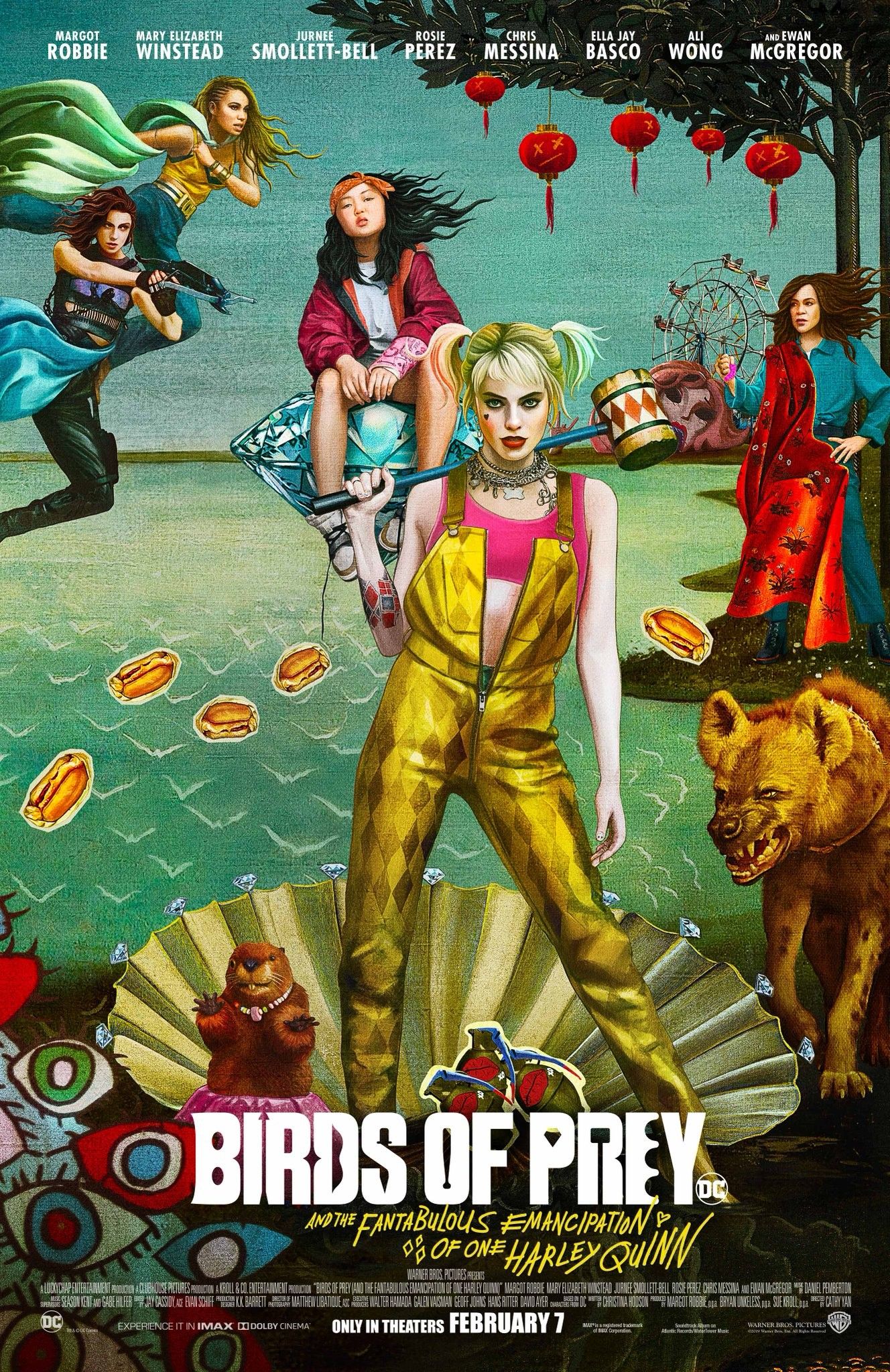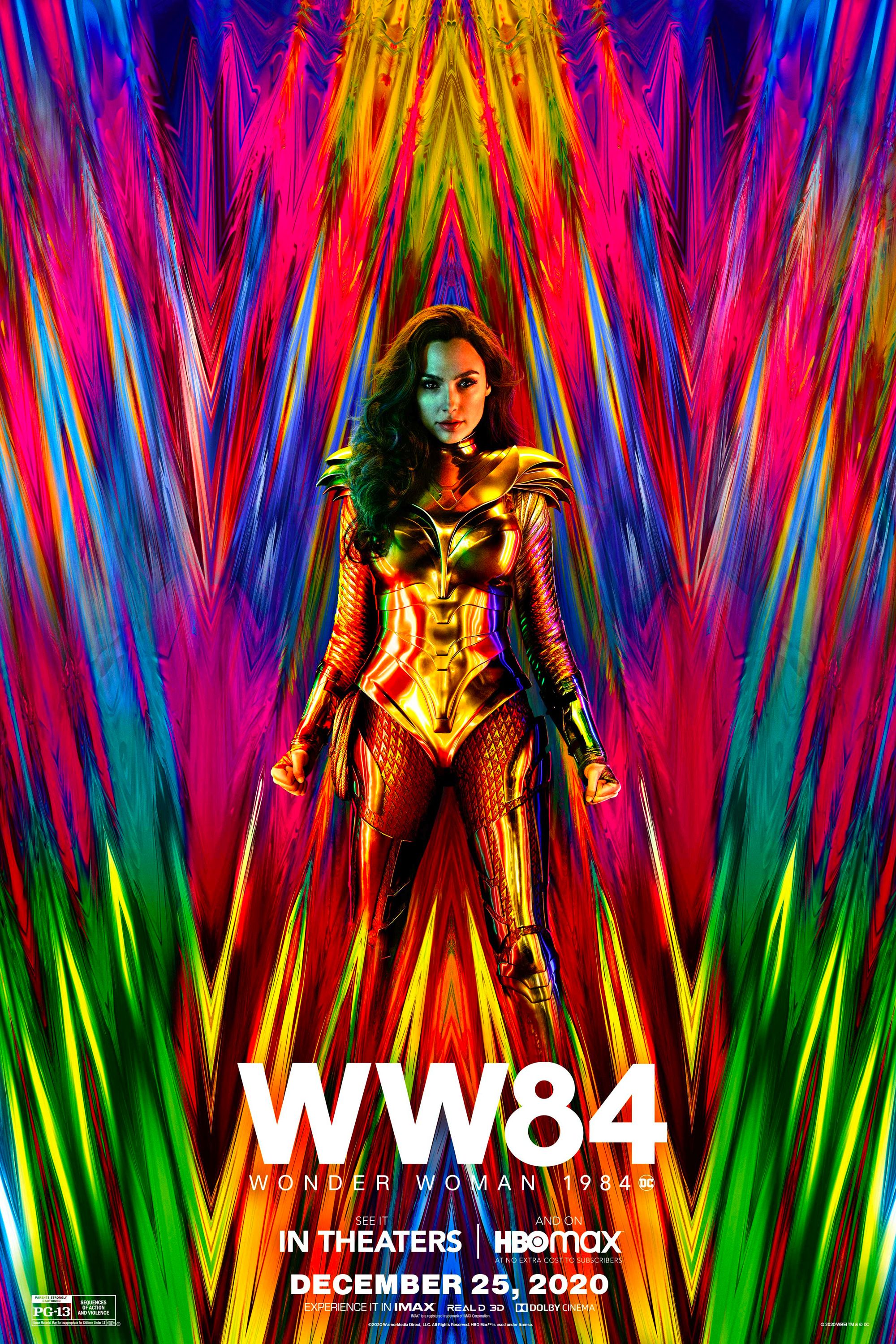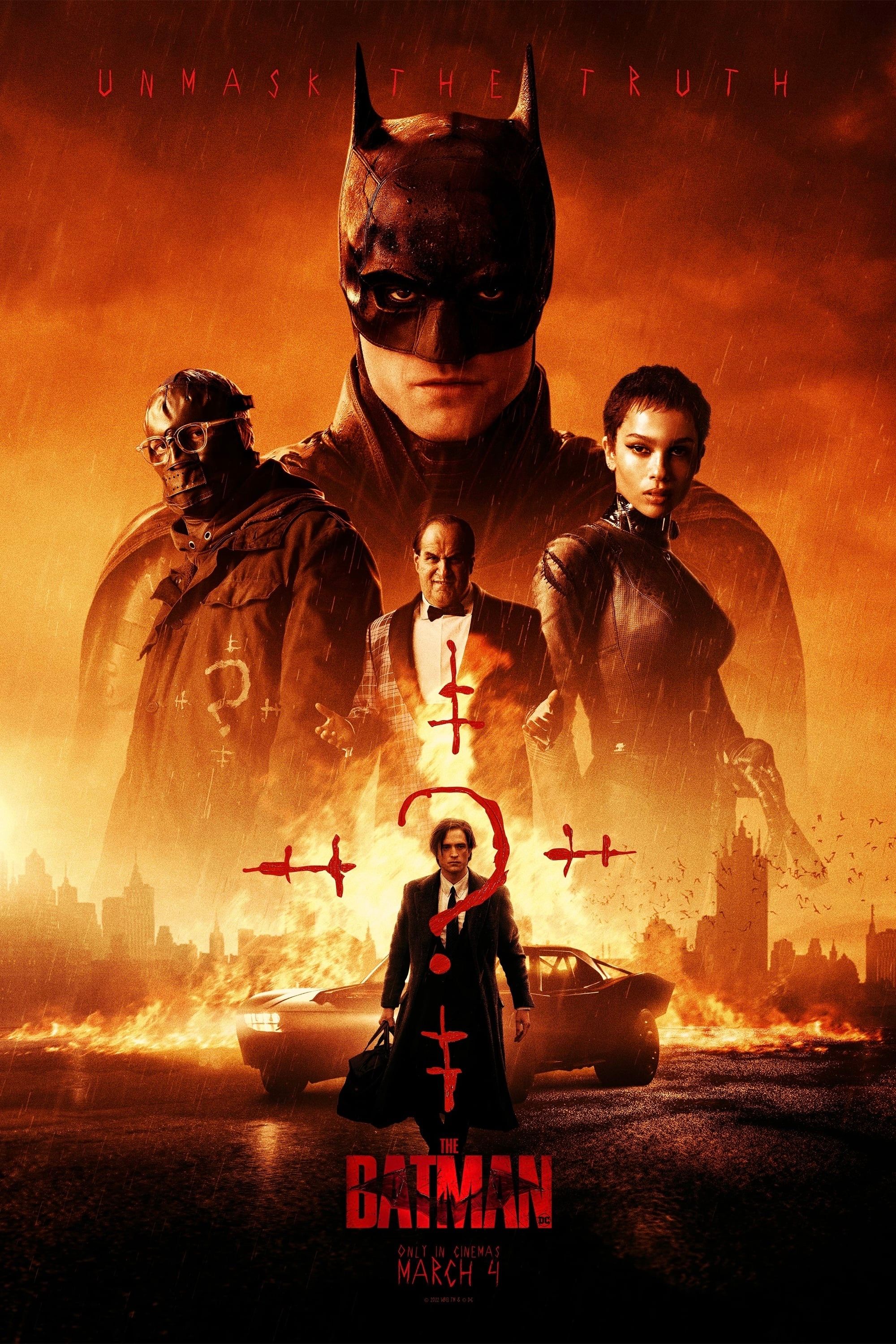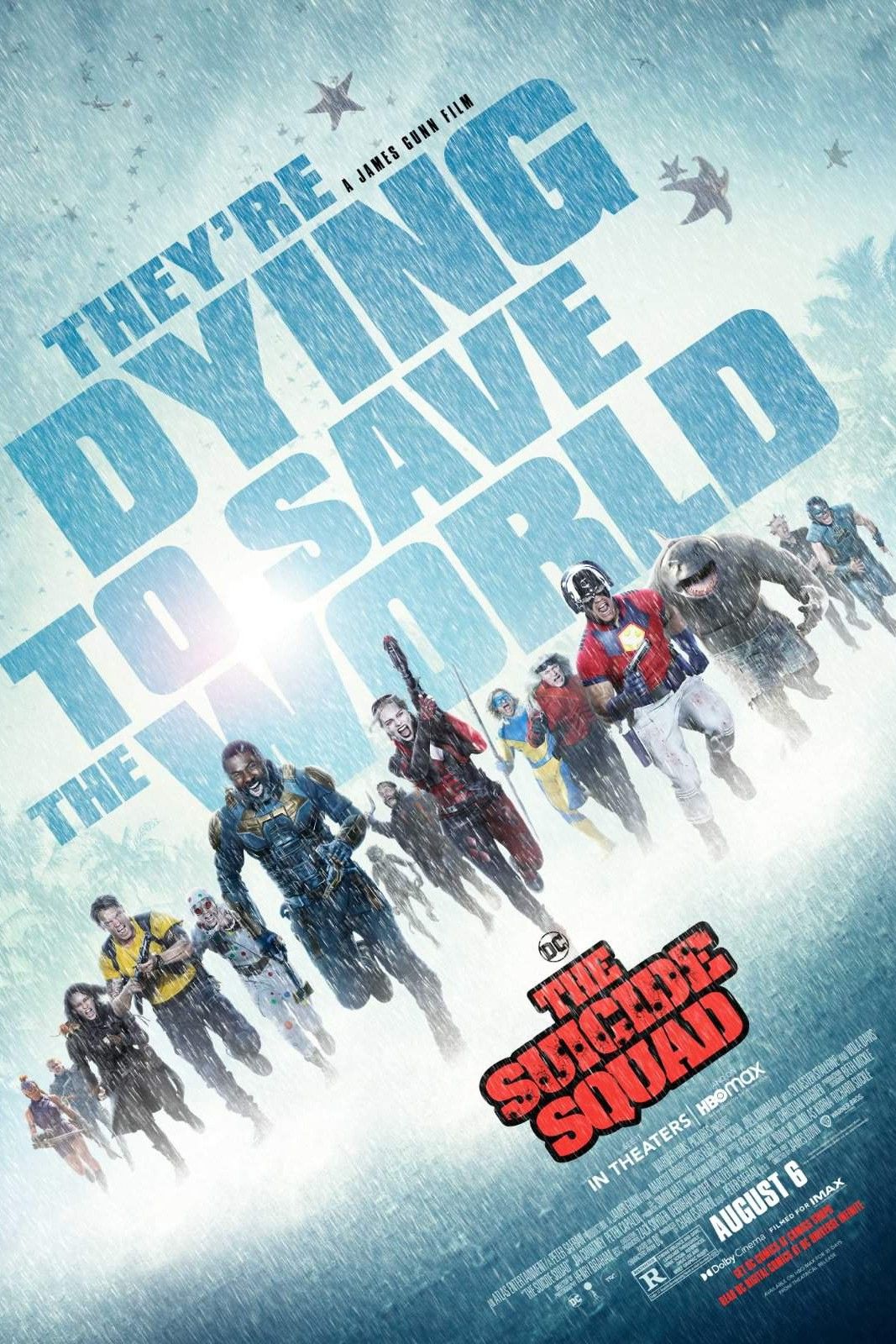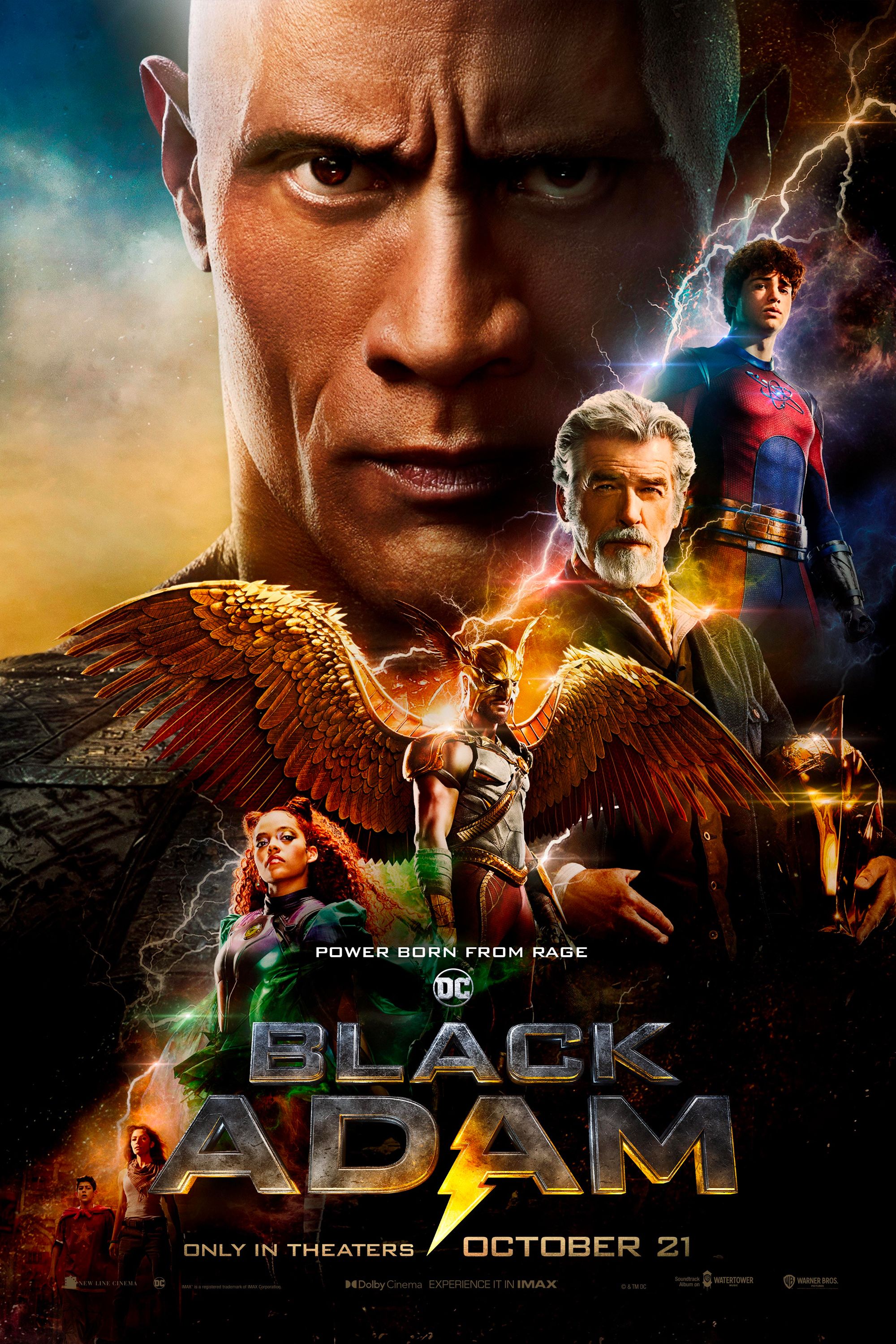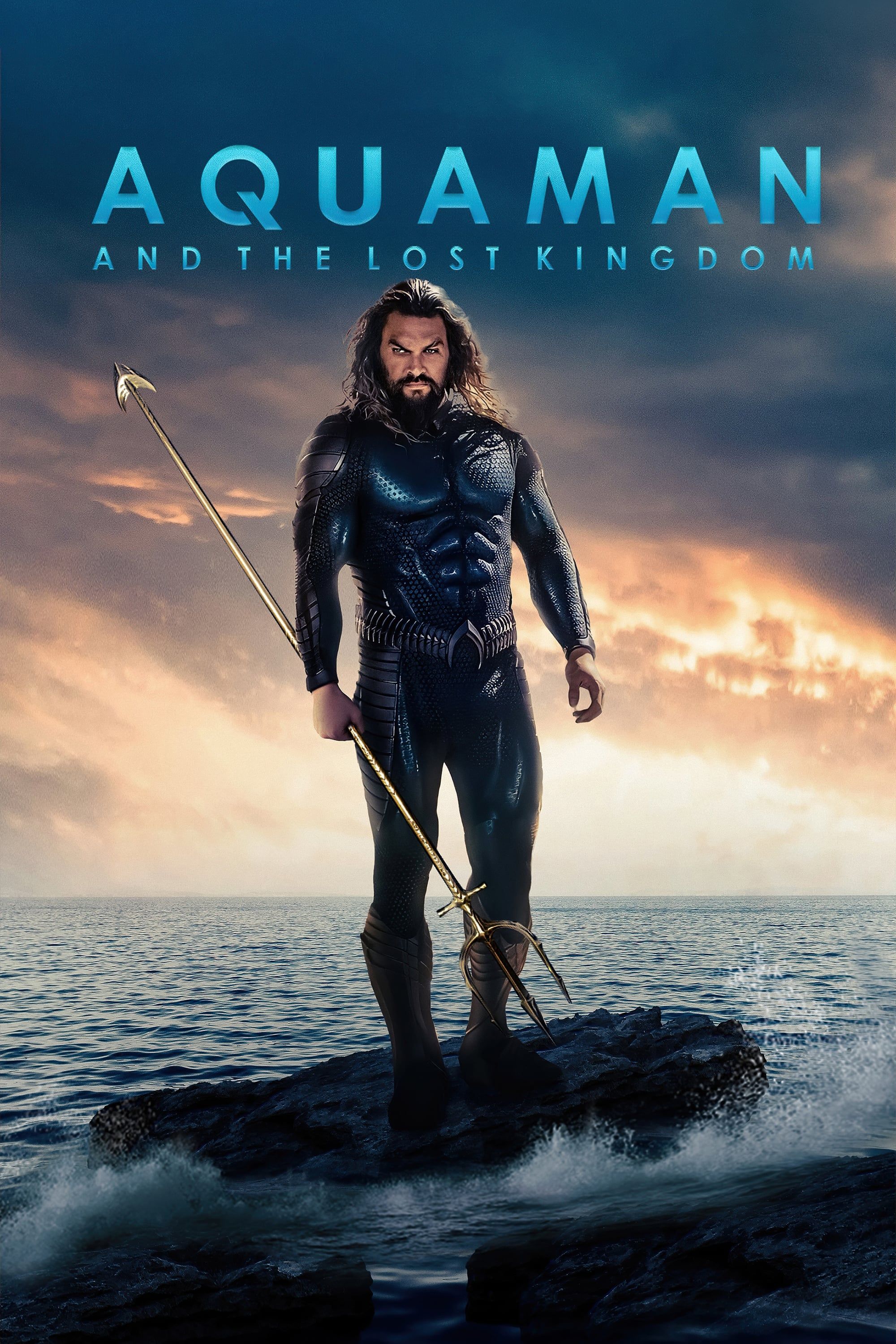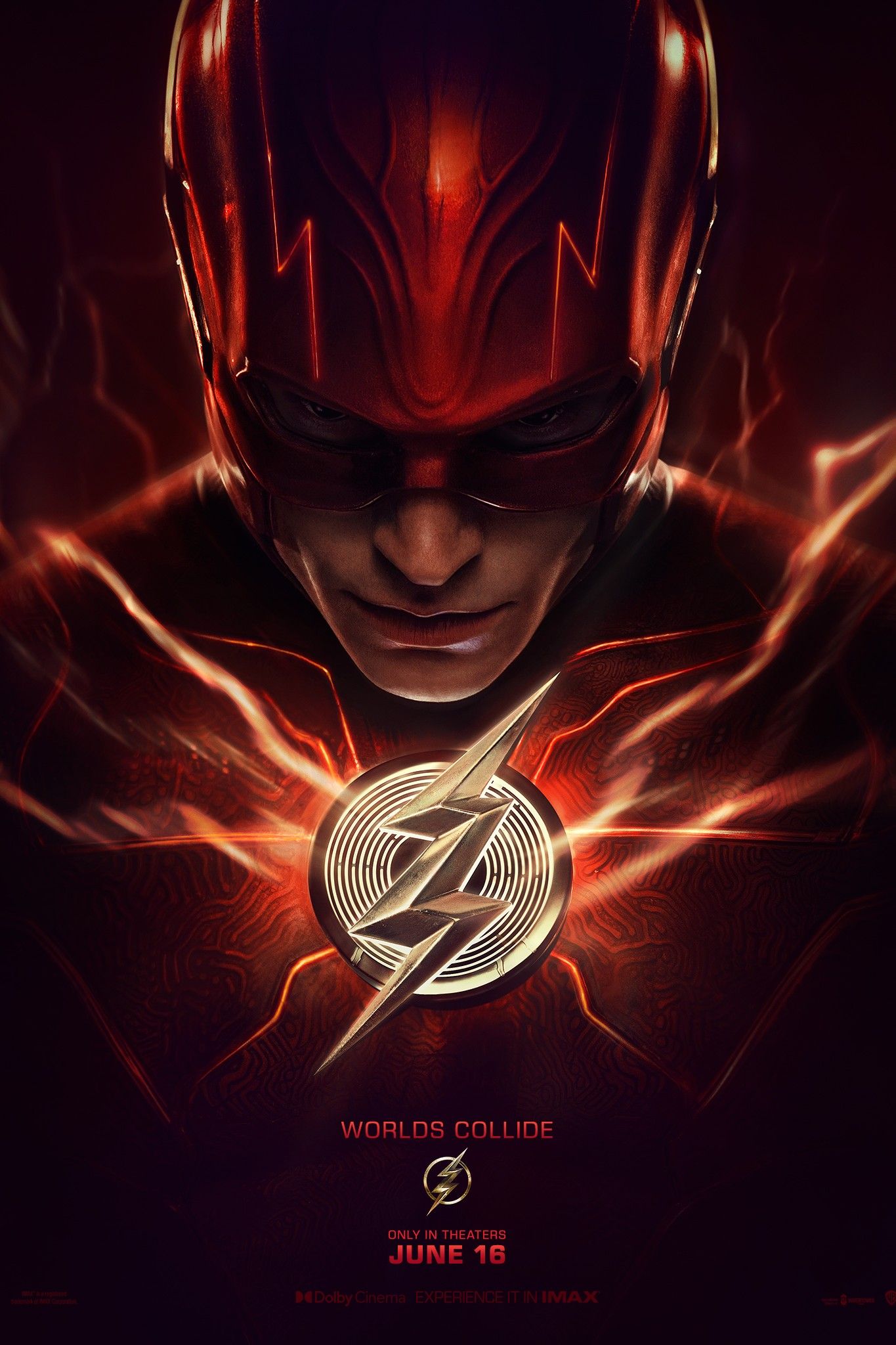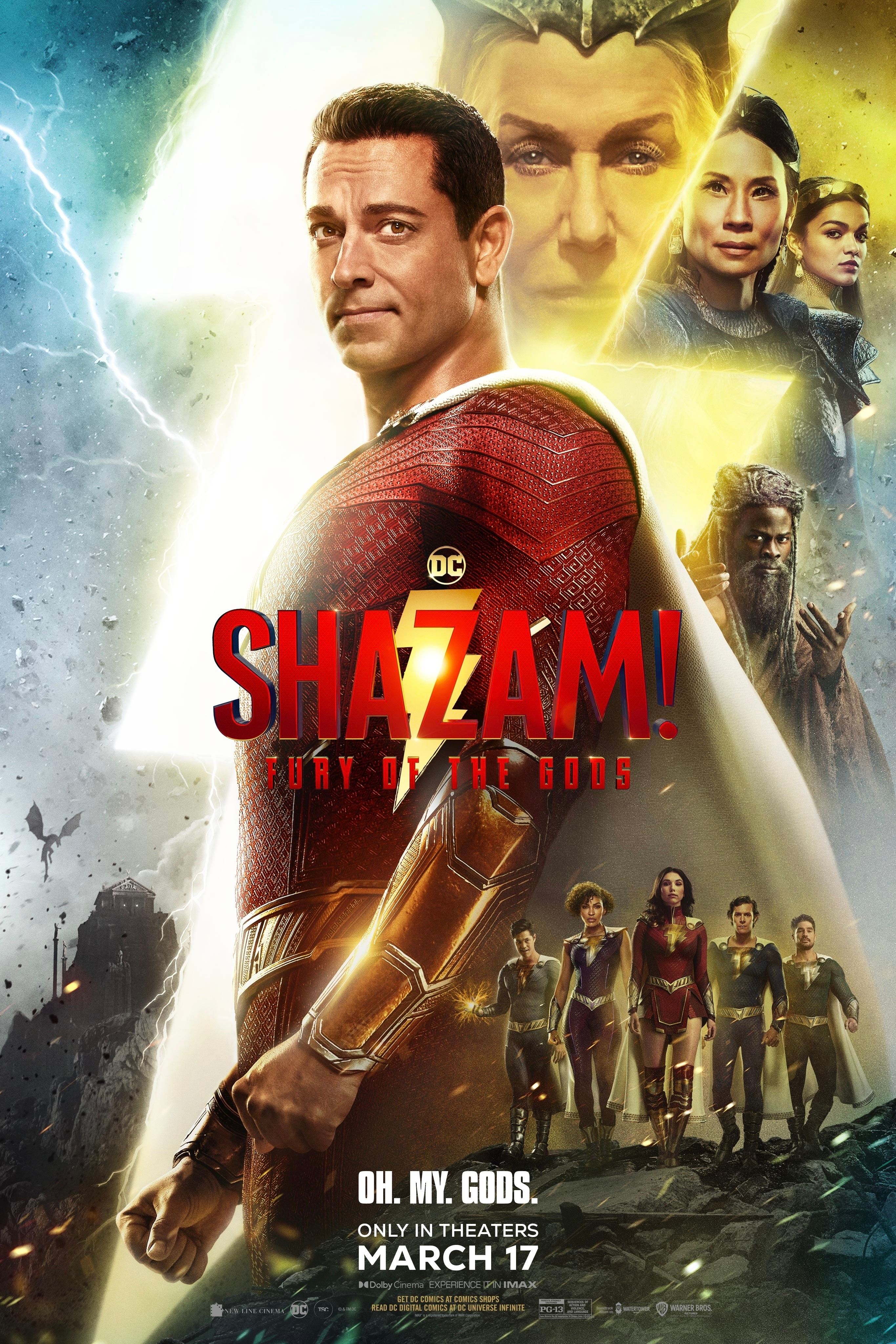The Crisis on Infinite Earths crossover event didn't just take the Arrowverse to a new level - it also actually solved one of the DC Extended Universe's biggest problems. The DCEU has had quite a storied journey of its own over the years. The big-screen superhero franchise kicked off with 2013's Man of Steel. Directed by Zack Snyder and starring Henry Cavill in the title role, the Superman reboot was met with only a moderate box office and underwhelming reviews. Regardless, Warner Bros pushed forward with world-building sequels. Once again directed by Snyder, the first follow-up, Batman v Superman: Dawn of Justice, was equally derided - despite a widely-praised performance from Ben Affleck as The Caped Crusader. The sophomore outing also introduced the characters of Wonder Woman, The Flash, Aquaman, and Cyborg into the collective universe. The group would unite more substantially in 2017's Justice League.
Snyder once again assumed the director's chair for the team-up. Co-written with Star Wars: The Rise of Skywalker's Chris Terrio, Justice League was initially conceived as a multi-part story. One that would have concluded an overall five-film plan. Unfortunately, a personal tragedy meant that Snyder had to step away from the film. In the wake of that, The Avengers' Joss Whedon assumed directorial duties - completely reworking the script and overseeing extensive reshoots. The results proved to be vastly different from what was originally intended. Upon release, Justice League experienced an extremely divided reaction. While some deemed it an improvement, others derided it as a betrayal of Snyder's vision. As such, a vocal campaign to see Snyder's version of the film has continued to this day.
For a time, it was the subject of fierce debate whether this version of the Justice League film was merely a myth. Not only has Snyder personally confirmed its existence, however, but he has also fanned the flames of support with a steady release of stills from his time as director. Though it has been over two years since Justice League officially hit theaters, passion to see the Snyder Cut released has only grown more passionate. Around the time of the two-year anniversary, a number of celebrities lent their voices in support - including even current and future MCU stars Dave Bautista and Simu Liu. Whether or not it will ever see the light of day, however, remains to be seen - especially with Warner Bros remaining committed to their post-Justice League plans...
The Original DCEU Is Dead & Movies Are Less Connected
Not only did Justice League's critical reception prove underwhelming, but it also wildly underperformed at the box office. Some believe that audiences would have loved Snyder's DCEU had he completed it, and that the release of the Snyder Cut could rectify things. Warner Bros, however, opted instead to switch tracks completely. Instead of producing a universe rife with crossovers akin to the Marvel Cinematic Universe or the small-screen Arrowverse, the studio turned their focus to more standalone outings. The results have proven much more successful, albeit increasingly disjointed. A number of elements from Snyder's original offerings have been allowed to continue. Following Patty Jenkin's well-received solo film, Wonder Woman, an official sequel was rapidly greenlit. Equally, Jason Momoa's Arthur Curry received his own solo adventure in the form of the box-office juggernaut, Aquaman. It, too, will also receive an official sequel. After much delay, Ezra Miller's Flash will get a film of his own in 2022 - which may even include the much sidelined Victor Stone (aka Cyborg).
Though each of those heroes made their debuts in the original DCEU, it still remains that the original plans have been officially laid to rest. Wonder Woman 1984 will be set in the past and so will preclude any direct overlap. Aquaman, meanwhile, made a concerted effort to be a step removed from what came before. Instead, each of the films was allowed wholly to be products of the director's at the helm rather than pieces in a larger puzzle. Such appears to be the raison d'être of Warner Brothers going forward, reportedly led and overseen by Jim Lee. That fact has only been further proven by the more recent big-screen offerings, as well as the DC films currently in production.
Firstly, the release of Shazam! steered the franchise into more family-oriented, comedic territory. Though the Zachary Levi-led film was rife with references to characters and events from the wider DCEU, it still stood entirely on its own terms. That will likely continue in the newly confirmed Shazam! 2. Though it will ultimately be directly connected Black Adam film starring Dwayne "The Rock" Johnson, these smaller-scale connections seem to be way forward as far as Warner Bros is concerned - rather than having each film equally build towards an inevitable team-up.
The break from the DCEU of recent years has never been more pronounced than with the now Oscar-nominated Joker and Matt Reeves' upcoming reboot, The Batman. Many fans have already revealed themselves eager to see clash these new versions of the iconic foes. In truth, however, that looks increasingly unlikely. Instead, both look ripe to serve more as a testament to how fractured the continuity of DC movies has become...
DC Movies Were Creating A Continuity Problem
With its retro aesthetic reflecting the early works of Martin Scorsese, Joker was clearly designed to exist within its own bubble. As compelling as Joaquin Phoenix's central performance was, Joker worked best as a dark character study rather than an origin story setting him up to fight Robert Pattinson's Batman. Between that and Jared Leto's version of the Clown Prince of Crime potentially being further written off, it's likely that the new Batman will eventually have a whole new Joker of his own. Therein lies the crux of the continuity issues. For some time, many held on to the hope that The Batman would merely be a prequel exploring the early years of Affleck's Bruce Wayne. The official casting details, however, have only confirmed that to seemingly not be the case while simultaneously being somehow considered part of the DCEU. This is most noticeable in the casting of Jeffrey Wright as Jim Gordon. Such as Andy Serkis as Alfred and Pattinson as Batman could still work as simply being younger counterparts. It is outright impossible to have Wright's version of the famous police commissioner match up to the one played by J.K. Simmons in Justice League.
Similarly, it's widely believed that Birds of Prey will feature a version of Harley Quinn that, while not incongruous, will be much evolved from the one that debuted previously in David Ayer's Suicide Squad. Equally, it has all but been confirmed that James Gunn's The Suicide Squad will be a different continuity to the 2016 Will Smith-starring original. Outside of some more minor inconsistences within a film or across one outing to another, there is also the issue of Wonder Woman. Despite her mentioning in Justice League that she had withdrawn from humanity after the death of Steve Trevor, the character is very much still in action in the 1980's setting of the sequel, long after World War I. Though Wonder Woman 1984 and Steve Trevor's return could close that particular plot hole, it was actually the Arrowverse's Crisis on Infinite Earths event that more directly resolved the issues with the DCEU timeline.
Crisis On Infinite Earths Solves DC Films' Issues
The Arrowverse's Crisis on Infinite Earths event delivered action and surprises across it's five thrilling hours. The majority of those surprises centered on incorporating elements from various DC adaptations across the decades. With cameos from Batman: The Animated Series' Kevin Conroy to Lucifer star Tom Ellis, no stone was left unturned in fleshing out the sprawling multiverse facing the wrath of the Anti-Monitor. No doubt the most surprising came in Crisis on Infinite Earths Part 5, when Ezra Miller appeared as the DCEU's version of The Flash. As the Arrowverse's Barry Allen searched the Speed Force for his friends, he encountered the big-screen Flash in a version of Star Labs.
Though the exchange between the two was brief, a number of intriguing details came to light. For starters, the small-screen Flash actually gives his cinematic counterpart his official superhero name. Equally, it revealed that Miller's Barry Allen is officially testing the extent of his powers and attempting to prove to Cyborg just what he is capable of. Comic book fans will already be aware of The Flash's extensive abilities regarding time travel and the like. As such, many expected his newly confirmed solo movie to serve as the source of any retcons that the DCEU will experience - especially as The Flash movie will be based somewhat on the Flashpoint storyline. While that may still be the case, Miller's appearance in Crisis on Infinite Earths has opened the door to explaining away continuity problems already.
The cameo has officially established that the Arrowverse is officially DCEU canon now, and vice versa. As such, though the movies have yet to use the term, it is officially part of a multiverse now. Therefore, it's much easier to equate seemingly standalone movies as part of a different universe from others. Equally, the fact that the entire multiverse was destroyed and then reborn in a new form, any inconsistencies between movies can ostensibly be explained without even needing to be addressed - given that the majority of people won't even be aware what happened to the multiverse during the titular crisis. Similar to how the Arrowverse's John Diggle once found his child genderswapped then, post-Crisis, had one of each, Commissioner Gordon being played by a different actor and being of a different race while the film itself still counts as a part of the DCEU has in-built reasoning.
The same goes for if audiences merely think of The Batman as another room in the DCEU wing of the multiverse. Whatever the case, even though it will likely not make it into the movies themselves, it's a fun additional detail for fans of both the big screen and small screen adventures to ponder. Equally, it certainly makes things a lot less confusing than what's currently unfolding between Marvel Studios and Sony regarding Spider-Man and such Spidey villain films as Morbius. In essence, the Arrowverse and Crisis on Infinite Earths have really helped to put the "extended" part in the DC Extended Universe.

